Who Was Marilyn Monroe?
Screen legend and cultural icon Marilyn Monroe was a successful actress during the Golden Age of Hollywood. Monroe has an incredible fan following that spans from the 1950s to today. Despite her devastating beginnings, she forged an outstanding career in Hollywood with a filmography of films earning over $200 million. Sadly, Marilyn Monroe’s career was cut devastatingly short when died at 36 years old from barbiturates poisoning, for which the county coroner ruled a probable suicide.
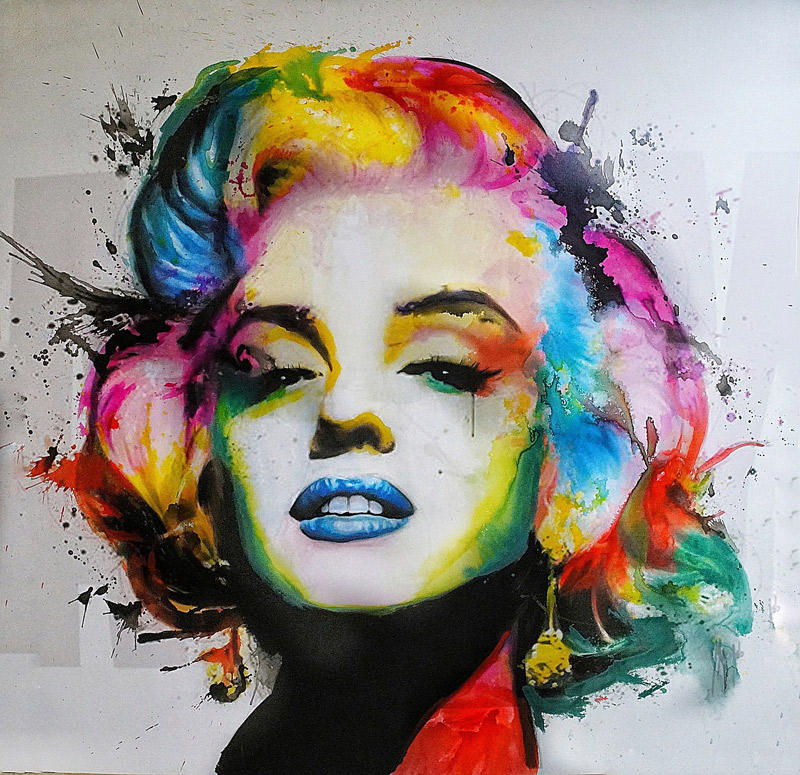
Her Early Life and Family
Born on June 1, 1926, Marilyn Monroe’s life started in Los Angeles, CA, with her mother, Gladys Pearl Baker. Her name on her birth certificate reads Norma Jeane Mortenson; however, her grandmother presented her as a Baker at the time of her baptism.
Her childhood was primarily spent in orphanages and foster homes, beginning at two weeks old. However, her mother tried to keep Marilyn living with her as much as possible. As Gladys started to work long shifts in the city, she left Marilyn in the care of Albert and Ida Bolender, and Gladys attempted to visit her regularly on weekends. Eventually, Gladys bought a home but couldn’t manage the expenses alone and rented out rooms in the house.
In 1935, with a diagnosis of paranoid schizophrenia, Gladys was hospitalized in an asylum for the remainder of her life. Many interviews with Marilyn Monroe, news reports, and accounts from friends of her life attribute her emotional and psychological difficulties to a family history of mental illness and the child abuse she suffered in foster care.
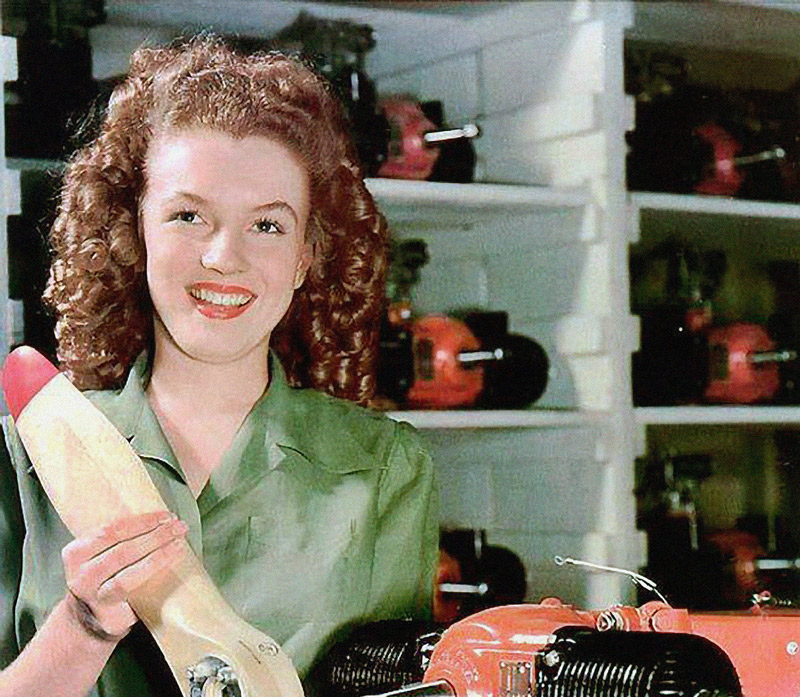
In 1935, with a diagnosis of paranoid schizophrenia, Gladys was hospitalized in an asylum for the remainder of her life. Many interviews with Marilyn Monroe, news reports, and accounts from friends of her life attribute her emotional and psychological difficulties to a family history of mental illness and the child abuse she suffered in foster care.
The court deemed Gladys unfit to raise Marilyn, and her daughter became a ward of the state. A family friend, Grace Goddard, became Marilyn’s legal guardian per Gladys’s request. Unfortunately, Grace Goddard sent Marilyn to an orphanage after her mother’s admission into the mental hospital.
However, she sent money to the orphanage for Marilyn. Two years later, when Grace married her third husband, Doc Goddard, the couple brought Marilyn to live with them, and Marilyn met James Dougherty, who lived next door.
Monroe had a half-sister Berniece Baker Miracle. The sisters met in 1944 officially after Monroe located her sister and exchanged letters with her. Miracle’s 1994 book My Sister Marilyn detailed her relationship with Monroe.
Marriages and Relationships
James Dougherty
The Goddards moved from Los Angeles to the East Coast after Doc’s employer transferred him. Unfortunately, the Goddards had to leave Marilyn behind, and she’d have to return to the orphanage. Instead, Marilyn married James Dougherty in 1942 at the age of 16.
Dougherty, a Los Angeles police officer, joined the Merchant Marines leading to marriage difficulties for the couple. Marilyn and James Dougherty divorced in 1946. In 2001, four years before his death, Dougherty published a memoir of his life and marriage with Marilyn entitled To Norma Jeane with Love, Jimmie.
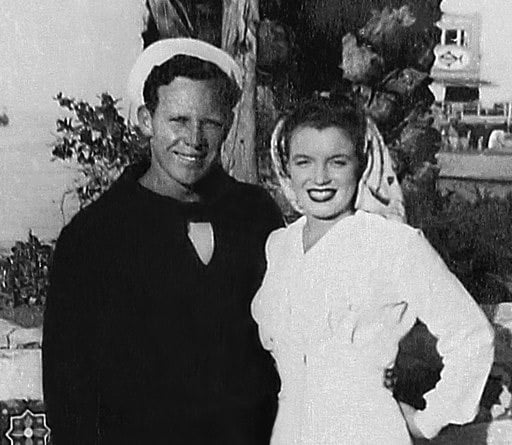
Dell Publications, Inc. New York, publisher of Modern Screen, Public domain, via Wikimedia Commons
Joe DiMaggio
Marilyn Monroe married baseball hall of fame legend Joe DiMaggio in 1954. Their marriage was tumultuous and only lasted nine months which devastated Marilyn. However, many accounts by friends indicate that DiMaggio remained a part of Monroe’s life and that he attempted to create stability for her through friendship. However, his undying love for Monroe led him to propose later in her life. He desperately tried to get her away from people he felt were a danger to her–namely, the Kennedy brothers.
Authorities contacted DiMaggio when Monroe died. He then planned and orchestrated her funeral, excluding several producers and directors. DiMaggio was quoted as saying, “I love you. I love you,” by the New York Times before departing her grave following the funeral and for 20 years after, DiMaggio is reported to have sent flowers to her crypt.
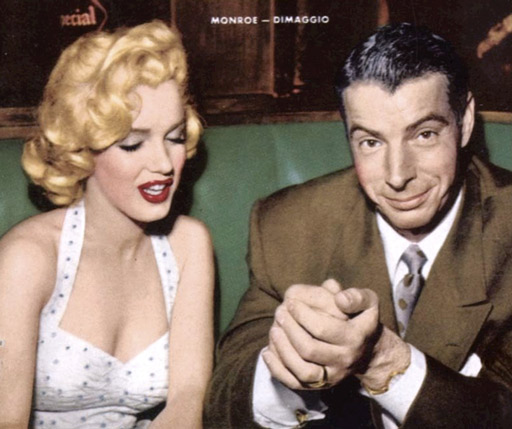
Copyright not renewed, Public domain, via Wikimedia Commons
Arthur Miller
During the filming of Monroe’s film Bus Stop, she met her third husband and playwright Arthur Miller. The couple married in 1956 in a private Jewish ceremony officiated by Judge Seymour Rabinowitz. Their marriage lasted five years, during which Marilyn, desperate to become a mother, suffered two miscarriages.
Marriage problems erupted while Monroe was filming The Prince and the Showgirl in London. Monroe discovered Miller’s notebook and read entries he made claiming that Monroe’s instability threatened his creative process as a playwright.
He also stated in these entries that his daughter is the only one he’d ever love, which caused incredible mental anguish for Marilyn. British filmmaker and author Colin Clark detailed this time in Monroe’s life in his memoir, My Week with Marilyn, in which he discusses his friendship with the actress.
While the couple split by 1960, Miller produced the script for Monroe’s film The Misfits. Their divorce was final in 1961.
Rumors that Arthur Miller was a Communist sympathizer led to the FBI’s full-scale investigation into Marilyn Monroe. Agents detail their unfounded suspicions that Marilyn Monroe was a Communist spy in FBI files the agency declassified following the passage of the Freedom of Information Act. The Marilyn Monroe files became available to the public in 2012.
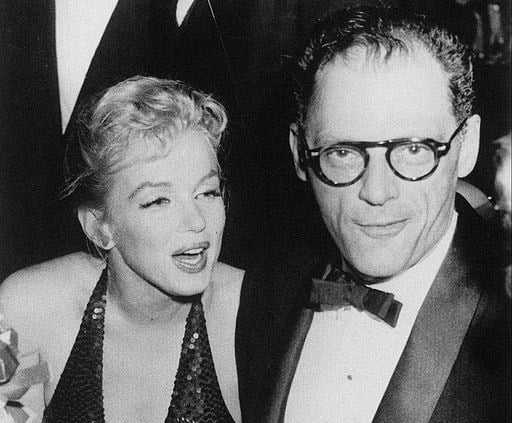
Photo by Associated Press Published in the Kingsport Times-News, Public domain, via Wikimedia Commons
John and Robert Kennedy
During the filming of Monroe’s film Bus Stop, she met her third husband and playwright Arthur Miller. The couple married in 1956 in a private Jewish ceremony officiated by Judge Seymour Rabinowitz. Their marriage lasted five years, during which Marilyn, desperate to become a mother, suffered two miscarriages.
Marriage problems erupted while Monroe was filming The Prince and the Showgirl in London. Monroe discovered Miller’s notebook and read entries he made claiming that Monroe’s instability threatened his creative process as a playwright.
Rumors of secret affairs between Marilyn Monroe, President John F. Kennedy, and his brother, U.S. Attorney General Robert Kennedy, continue today. Monroe’s last public appearance was at JFK’s birthday gala at Madison Square Garden on May 19, 1962. She sang the infamous song, Happy Birthday, Mr. President, to John Kennedy in front of a vast crowd of attendees. Her appearance at the gala became the driving force behind these alleged rumors. Despite many efforts by journalists, authors, and friends of the actress, there remains no documented proof of the affairs.
Speculations in Frank A. Capell’s 1964 book The Strange Death of Marilyn Monroe outlined a conspiracy involving Robert Kennedy and Monroe’s housekeeper Eunice Murray to induce suicide and murder Marilyn Monroe. The book and news reports that followed led to an FBI investigation. Yet, despite these allegations and the investigation, the FBI never charged Robert Kennedy and Eunice Murray in Monroe’s death.
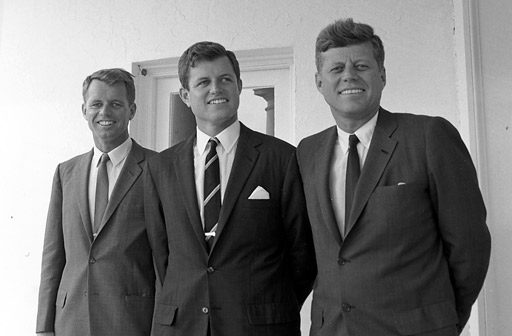
Stoughton, Cecil (Cecil William), 1920-2008, Photographer, Public domain, via Wikimedia Commons
Career in Acting
Seeing herself on the silver screen was Marilyn Monroe’s dream. However, her desire to become an actress of Jean Harlow’s caliber would become a significant battle she’d win. In 1945, photographer David Conover discovered Monroe while she worked at a Van Nuys munitions factory. She posed for photos taken by Conover that appeared in Yank magazine.
It was in 1946 when 20th Century-Fox director Ben Lyon discovered and signed Norma Jeane Baker and later transformed her into Marilyn Monroe. However, she legally changed her name in 1956.
Her career had a slow start as many executives didn’t believe she had star quality and exhibited poor acting skills. Yet her breathy voice and fantastic silhouette attracted audiences worldwide, and her films garnered many honors.
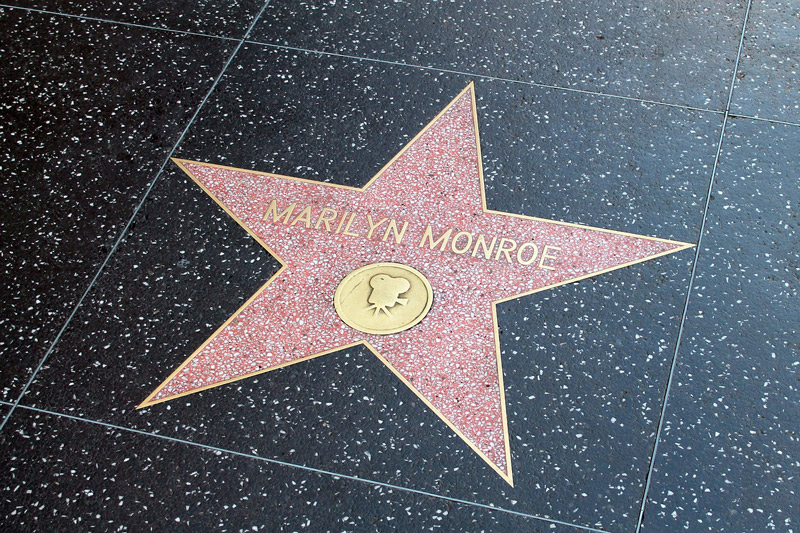
Despite her success in film, Monroe suffered from crippling anxiety and insecurities that made her question her acting abilities. These difficulties caused frequent tardiness and absences from the set and her release from multiple contracts with production companies.
With her desire to get studios to take her seriously as a film actress, Monroe studied acting with her acting coach Lee Strasberg and his wife, Paula. While her studies began while visiting the Actor’s Studio, the Strasbergs later traveled with Monroe to her various film sets to coach her more consistently. As a result, Lee Strasberg, who maintained a close relationship with Monroe toward the end of her life, became the majority heir to her estate.
Marilyn Monroe’s Most Notable Films
While her role as Peggy Martin in Ladies of the Chorus was her first credited appearance on film, Monroe’s career took off after the 1950 release, The Asphalt Jungle. While her Angela Phinlay role was just a bit-part, she captured Hollywood’s attention with her performance in the John Huston film.
All About Eve
(1950)
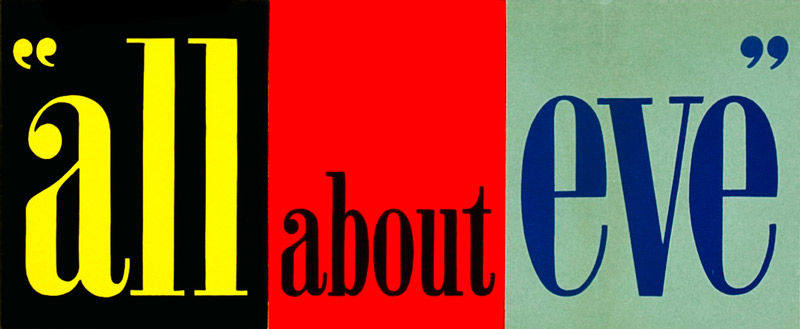
In All About Eve, Monroe co-starred with legend Bette Davis as Claudia Caswell. Her performance as the ditzy blond solidified her as a comic actress, garnered movie critics’ attention, and impressed Davis.
Niagara
(1953)
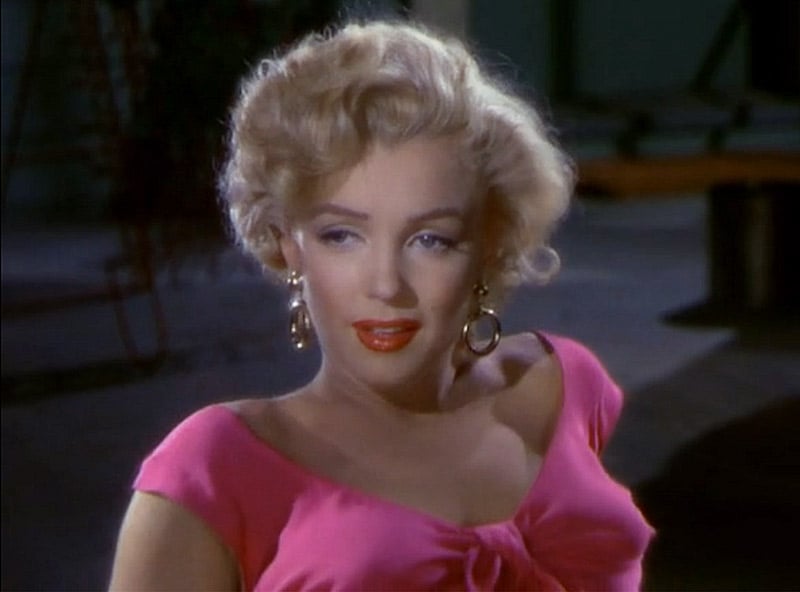
In the 1953 film, Monroe starred as Rose Loomis, who, in a Hitchcock-style plot twist, conspired with her lover to murder her husband.
Gentlemen Prefer Blondes
(1953)
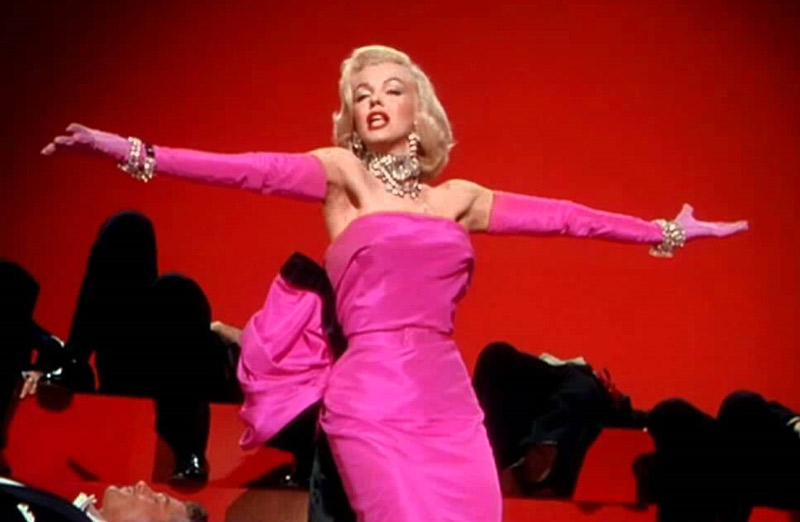
Monroe’s role as Lorelei Lee in Gentlemen Prefer Blondes sealed her fate as a pop icon. Her musical performance of Carol Channing’s Broadway hit, Diamonds are a Girl’s Best Friend, has been covered by musical artists and actresses throughout movie and television history.
While the film details the journey of Lee and Dorothy Shaw, played by Jane Russell, the performance has been recreated by Blake Lively in an episode of the CW hit Gossip Girl. In addition, international singing legend Madonna emulated Monroe’s character in her Material Girl music video.
How to Marry a Millionaire
(1954)
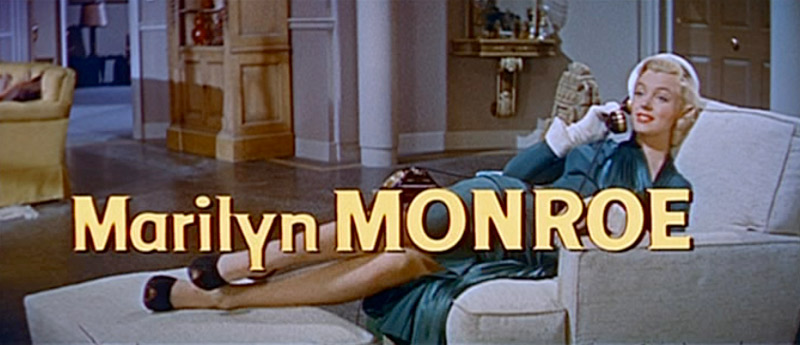
Opposite Lauren Bacall and Betty Grable, Monroe stars as Pola Debevoise, and the three ladies begin a quest to meet and marry millionaires. Yet the trio soon discovers that wealth is no match for true love.
The Seven Year Itch
(1955)
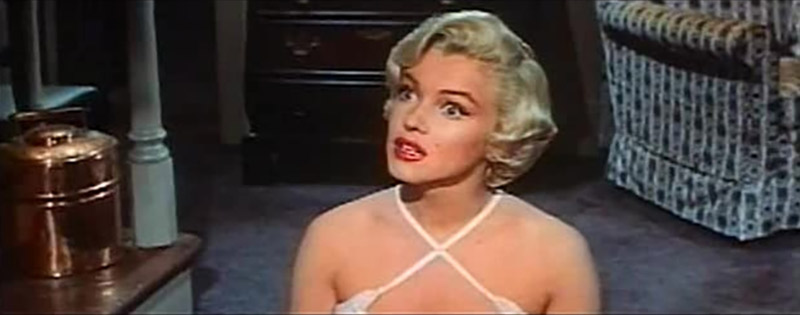
In the Seven Year Itch, Monroe filled theater seats in a role in which she tempts Tom Ewell’s character, faithful husband Richard Sherman, as the tantalizing girl next door. The film’s scene where “the girl,” played by Monroe, stands over the subway grates as her dress blows up has been mass-produced as posters, statues, and memorabilia since the 1950s.
The Prince and the Showgirl
(1957)
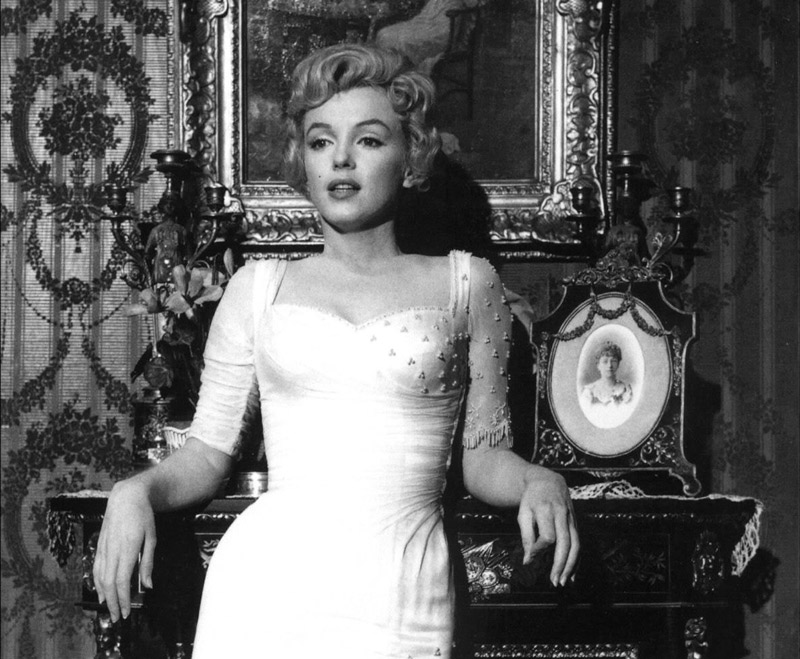
Monroe plays showgirl Elsie opposite Sir Lawrence Olivier’s Prince Regent in the Prince and the Showgirl. Many accounts discuss the difficulties faced by Monroe and Olivier during the filming. Depictions of Colin Clark’s interpretation of these struggles appear in the film version of his memoir, My Week with Marilyn, in which Michelle Williams plays Monroe.
The Misfits
(1961)
In the Misfits, Monroe co-stars with Clark Gable, Montgomery Cliff, and Eli Wallach as Roslyn Taber, a divorcee struggling to have a romance with a set-in-his-ways cowboy (Gable). While the film failed commercially, many critics today hold the movie in high regard as one of Monroe’s best films showing the inner struggles she experienced in life.
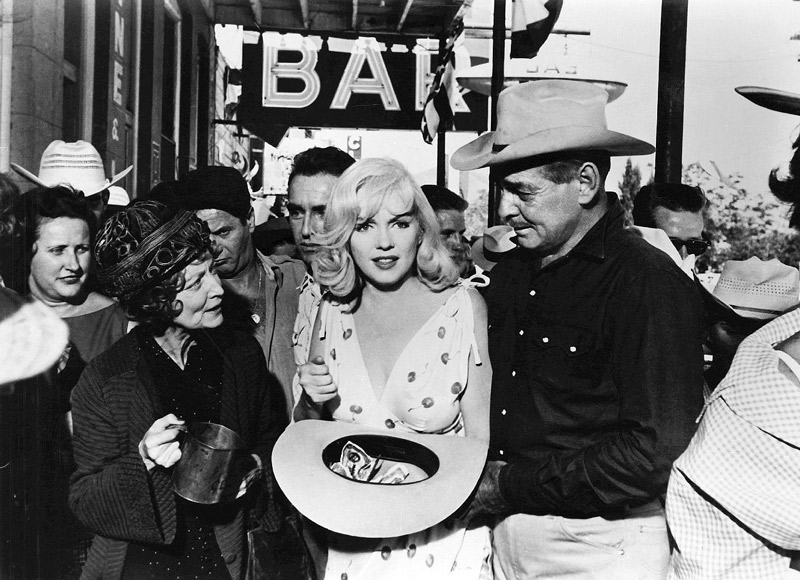
The Mysterious Death of Marilyn Monroe
During the production of, Something’s Got to Give, Dr. Ralph Greenson found Monroe face down on her bed with empty prescription sedative bottles nearby. Dr. Greenson broke into Monroe’s room from an exterior door because Eunice Murray couldn’t open the locked bedroom door. The official reports state that Dr. Greenson found Marilyn Monroe dead in her bed around 3:30 am.
For many decades, there have been speculations and documentaries on the death of Monroe. The most recent films that shed new light on her death include The Mystery of Marilyn Monroe: The Unheard Tape and Marilyn Monroe: Declassified. In addition, the release of declassified files on Monroe and new examinations into her autopsy findings by modern doctors show some issues with the original assessment.
Coroner Thomas Noguchi performed Monroe’s official autopsy. His findings showed the actress didn’t have any pills, granules, or particles of the barbiturates that caused her death in her stomach. However, the autopsy showed purplish discoloration of her colon.
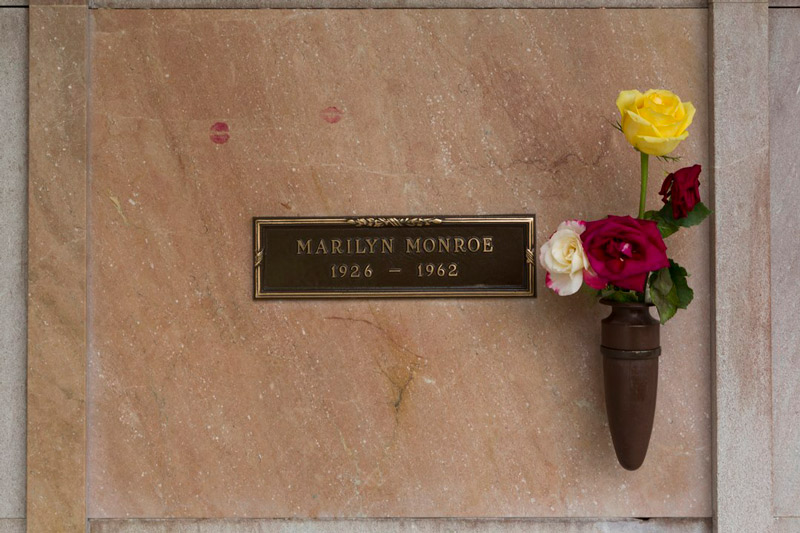
By Carol M. Highsmith – Library of CongressCatalog: http://lccn.loc.gov/2013632347Image download: https://cdn.loc.gov/master/pnp/highsm/21800/21887a.tifOriginal url: http://hdl.loc.gov/loc.pnp/highsm.21887, Public Domain, https://commons.wikimedia.org/w/index.php?curid=51681844
As mentioned earlier, these findings led to speculation by clinical pathologists in the documentaries. The pathologists stated that Monroe would’ve had evidence of the pills in her stomach had she swallowed the drugs according to their summations per case studies for overdose victims having these substances in their stomach cavities during autopsy.
Toxicologist Raymond Abernathy performed the official screening and report for Marilyn Monroe. His findings showed Monroe had 8 mg of chloral hydrate and 13 mg of pentobarbital (Nembutal as prescribed) in her system. The 1985 reopening of Marilyn Monroe’s case led to more speculation as scientific fact proves that a lethal dose of pentobarbital ranges between 2 to 10 mg.
Clinical pathologists conducting the assessments concluded that Monroe couldn’t have ingested the drugs by swallowing them. Instead, they believe she would have overdosed and lost consciousness before ingesting the entire volume of the drug in her body. Despite these new findings, the official cause of death for Marilyn Monroe remains barbiturates poisoning by ingestion of overdose due to probable suicide.
Home Theater Seating
- Home Theater Recliners Near Me
- The Best Theater Reclining Loveseat
- Basement Theater Seating Ideas
- Tv Room Seating Ideas
- Create Your Own Sectional
- $700 Recliners
- Traditional Seating
- Top Deals On Reclining Chairs Online
- Best Leather Recliner
- Recliner Chairs Direct
- Best Movie Seats
- Best Sectionals Sofas
- Chair Entertainment
- Theatre Room Couches
- Couple Theatre Seat
Decor & Features
- Home Theater Tables
- Movie Chairs Base
- Decorative Sound Absorbing Panels
- Best Recliner Chair With Massage
- Home Theater Chairs Suppliers
- Best Buy Theater Chair
- Movie Theater Seat Ashtray
- Couches With Consoles
- Recliner Sofas With Cup Holders
- Massage Couch Electric
- Couch With Hidden Compartment
- White Modular Media Furniture
- Theatre Carpets
- Xs700
- Magnolia Home Chairs
- Booth Ticket
Top Pages
- Best Theater Recliners 2021
- The First Video Game
- Remove Oil Stain From Couch
- At Home Movie Theater Cost
- Home Theater Seating Calculator
- Leather Chaise Sofa
- Cuddling Couches
- Sets Of Sofas
- Electric Recliner Sofa With Cup Holders
- Stock Sofas
- Leather Theater Seating Sofa
- The Men’S Chair
- Palliser Reviews
- Sectional With Lumbar Support
- Reclining Sectional Black

